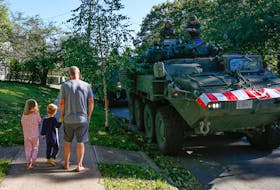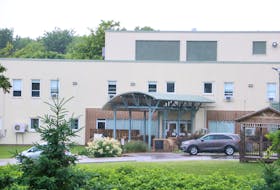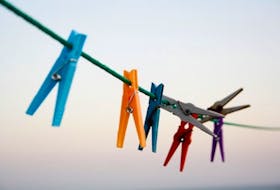We’re always encouraged and pleased when a young person performs an action that saves the day. But perhaps we shouldn’t be surprised when it involves an instance for which they’ve had the appropriate instruction.
An especially bright news item this week told of the lifesaving response of 12-year-old Kaylee Campbell to an emergency scene, the kind that probably crosses most people’s minds. She was sitting with her grandmother in a local restaurant when the woman started to choke on a bite of her sandwich.
Campbell recognized what had happened and reacted quickly as staff called 911. The girl performed the Heimlich manoeuvre, which was successful in dislodging the piece of food from her grandmother’s airway.
That basic technique of first aid was something Campbell had learned in a babysitting course, and obviously it was a vital lesson that stuck with the girl. Job well done.
We occasionally hear similar stories, involving a young person, leaping into action under similar circumstances and providing that critical first aid to someone in difficulty. As with Campbell, the child has learned the skill through a course, or it’s been demonstrated in school. And it’s a lesson that can mean the difference between life and death for someone.
Likely many people in Pictou County and any other community have taken an emergency first aid course. Some, depending on their work or other activities, are in the position of having to update their skills on a regular basis. Others will register for a course simply because they realize it’s a good idea – because you never know.
In some cases it can simply be a matter of ensuring someone in the household is familiar with basic first aid: perhaps caring for someone with special needs or making sure the skills are in place if something happens to one of the children.
But it’s worthwhile keeping in mind that a sudden emergency that requires first aid, helping someone with an airway obstruction or administering CPR can happen to anyone and in a multitude of circumstances.
That’s the reason why people are encouraged to have training.
Courses are made available on a regular basis, sometimes a requirement at work, or offered through community organizations. Everyone, in any walk of life, can benefit from this instruction.
Quite commonly those who do register in such a course will wonder afterward whether they will remember what to do if confronted with an emergency or if they have to help someone with an injury or other need.
That’s not surprising. Really, this represents a set of skills many would rather not be called on to use. But as for knowing what to do, a person who has the training will be in a far better position to act, and will feel more confident.








